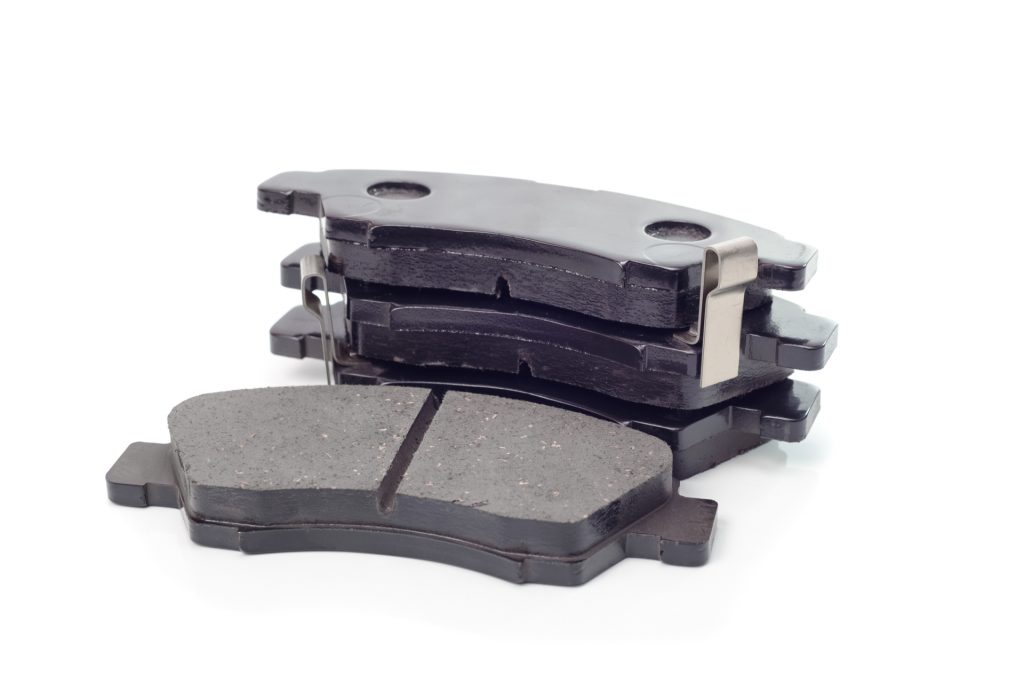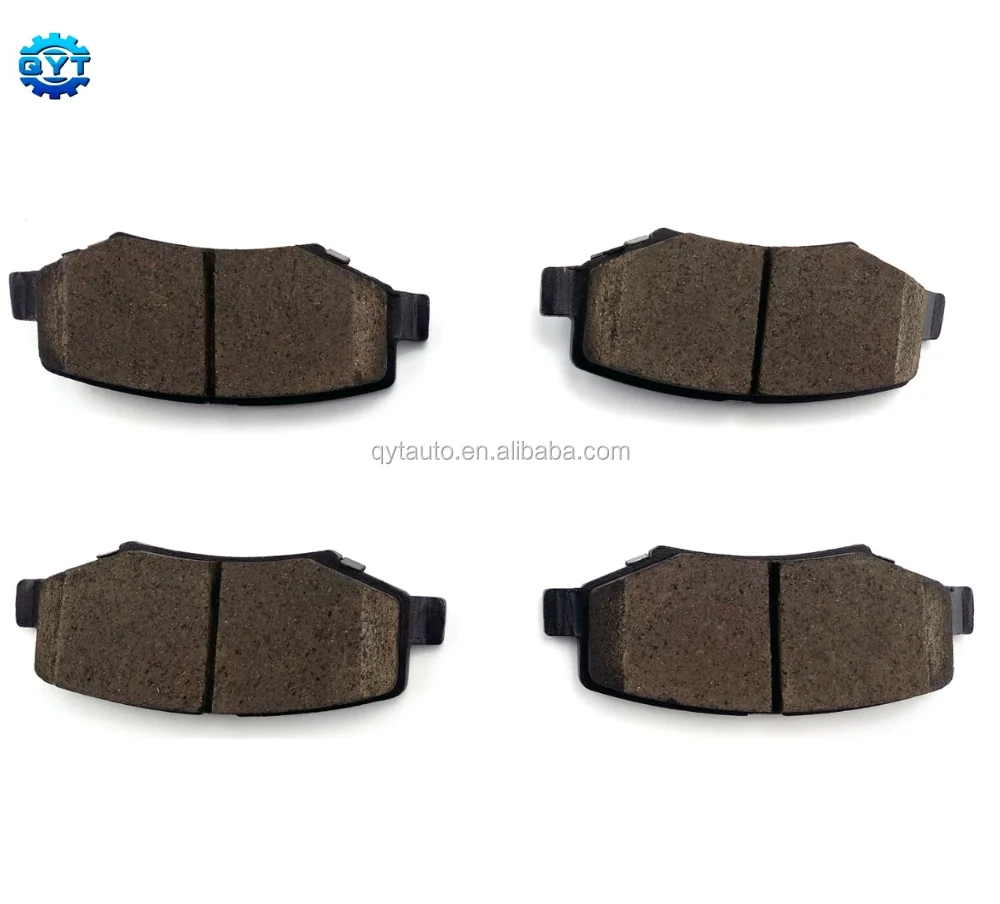

Auto break pads manual#
While you may be able to refer to your vehicle owner’s manual to get an idea of when you’ll need to perform this maintenance, it’s not difficult to tell when the brake pads need tending to. We earn commissions from purchases you make using the retail links in our product reviews. We are committed to finding, researching, and recommending the best products.

That said, this has hopefully given you a starting point, and some rough idea of the tools you’ll need to get going. This is a general guide to get you started, and by no means the end-all be-all of brake job how-tos. With that done, you’re ready to move on to the next brake caliper, repeating the process as you go. Most vehicles land north of 90 lb-ft per bolt. You’ll then torque them to spec once they’re on the ground. Simply tighten the wheel bolts until the assembly begins to spin. They are usually more than happy to tell you what’s best.įinally, you’ll want to put the wheel back on. For this, consult your local dealership’s maintenance department. Additionally, some brands, manufacturers, or other tutorials may recommend the use of a thread-locker. Some slider bolts may be single-use stretch bolts, so you’ll want to check that before re-using bolts. Check your owner’s manual, online forums, or good ol’ YouTube for torque specs, which are usually measured in lb-ft. You may want to ask yourself what the consequences of “good-n-tight” not being good and tight are. Some will say that “good-n-tight” is enough for these bolts. Here’s where the torque wrench comes into play. Regardless, once the bolt is in place, you’ll then re-tighten it. If you’ve got to start forcing things, you’ve screwed up somewhere. In the case of a multi-piece caliper, you’ll lower the caliper into place, checking that nothing is squished in the process. We’re now at the point where you’re working backwards toward a fully reassembled brake caliper. Keep an eye on it as you go, and use a turkey baster to remove some fluid if you need to. It’s usually not an issue on the first brake, but could be by the time you go to do other corners. Now, sometimes that may result in your brake fluid reservoir overflowing. These often run through the pads themselves and into the caliper.Ī note on retracting the calipers: all brake calipers are moved by fluid, and you’ve just moved that fluid further back into the system. This is also true of monoblock calipers, save that you’ll fit the retainer clips in a different location, still using grease, and sliding the brake pads into the caliper before replacing their retaining pin. Once fitted, the pads should sandwich the brake rotor. If you’re really having to push on the pad, double-check that the retaining clips are in the right place and properly lubricated. So long as you’ve greased the pads properly, they’ll slide home without too much force. Alternatively, you can place the grease on the “ears” of your new brake pads before pressing them into place. Apply it to the clips- a small dab in the indentations of the clip will do. Usually, some graphite-based grease will come with the kit. Note: these often have left and right-hand specific placement, so be sure to double-check the clips for any indicators. The clips will snap into place at either end of the caliper, near where the slider bolts live. These small u-shaped clips should be included in any brake pad replacement kit. To do that, you need to swap out the retaining clips. With your caliper opened up and the pads out, now it’s time to do the work of actually replacing the brake pads. Most caliper compressor kits come with attachments to push pistons back on these caliper types as well. Once those are out, you’ll be able to pull the pads free. Instead of opening the caliper outright, you’ll use a small rubber mallet to remove the caliper pins located on the side of the caliper housing facing the wheel well. Should you have monoblock brake calipers, the process above is slightly different.

If you’re struggling for room while doing any of this, you can turn your car’s wheels to make some room. Next, you’ll want to use that caliper compressor tool to push the brake calipers back into their housings, which will make room for the new pads. This can be opened up to remove the brake pads, which will generally have a few retaining clips attached to them. Those usually have a distinctive rubber dust boot in between it and the caliper carrier and are affixed on either side of the caliper body. Start by loosening both of the slider bolds (we’ve seen these called “pins” before too). First, you’ll need to get that caliper off.


 0 kommentar(er)
0 kommentar(er)
